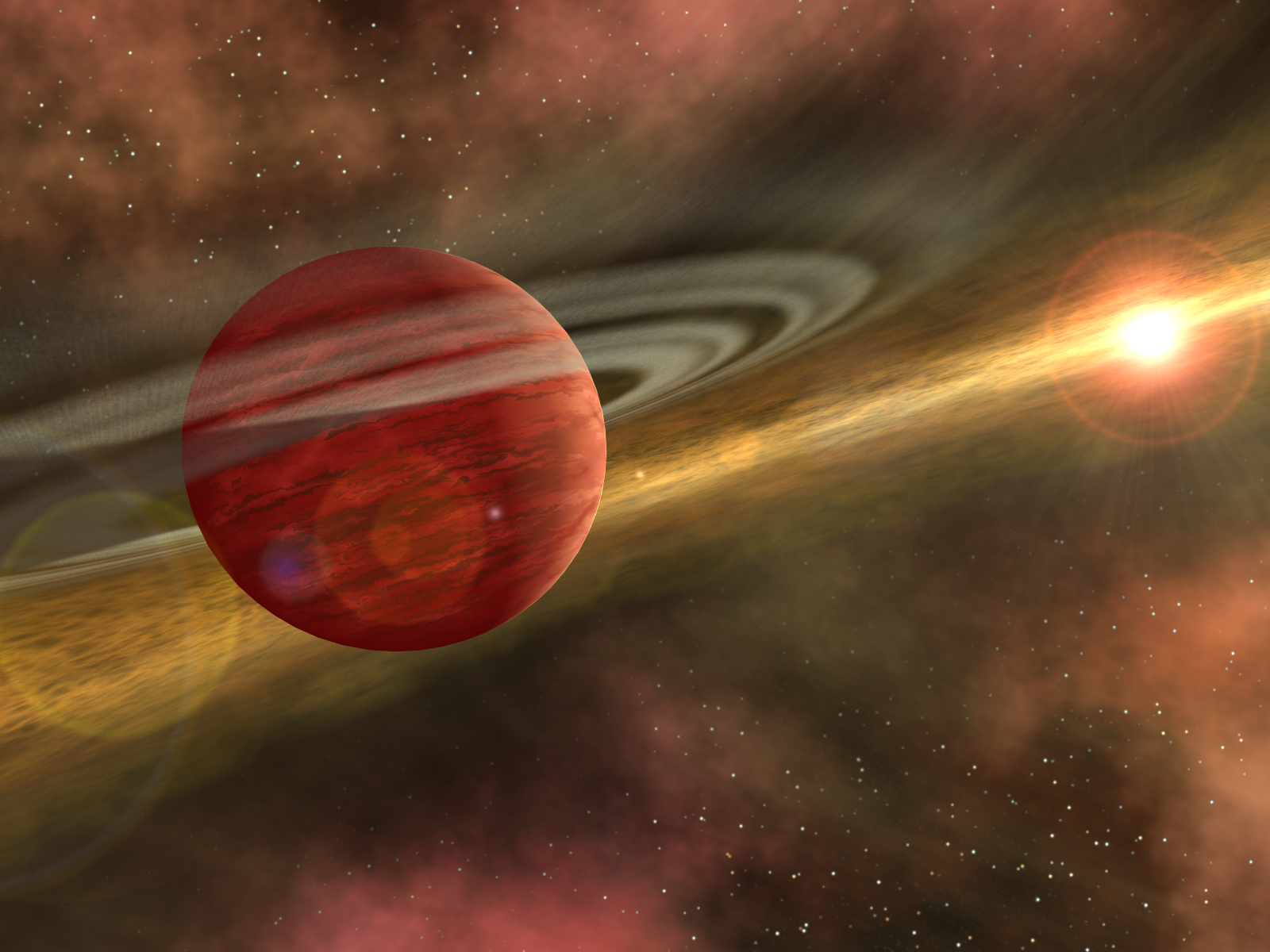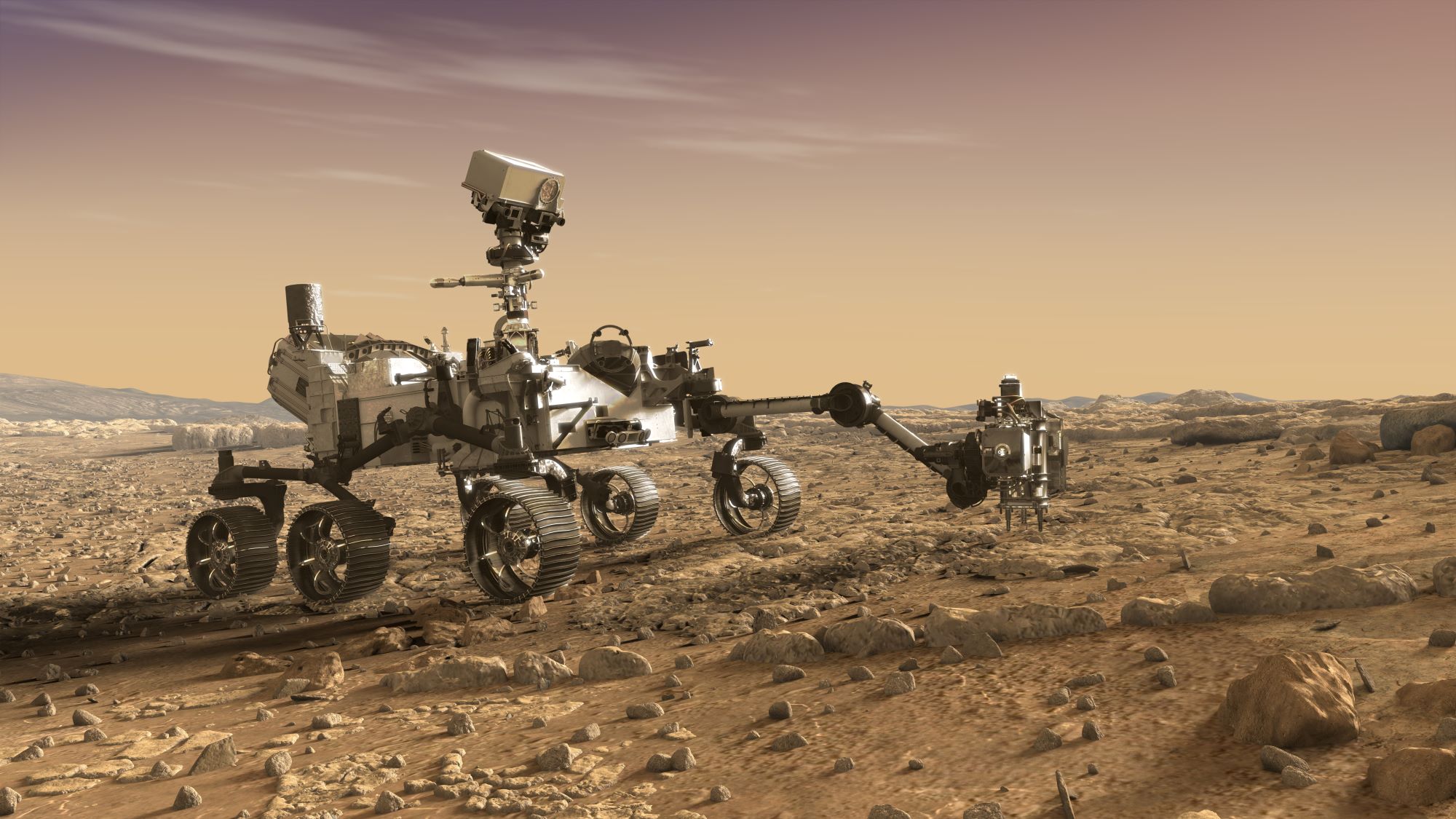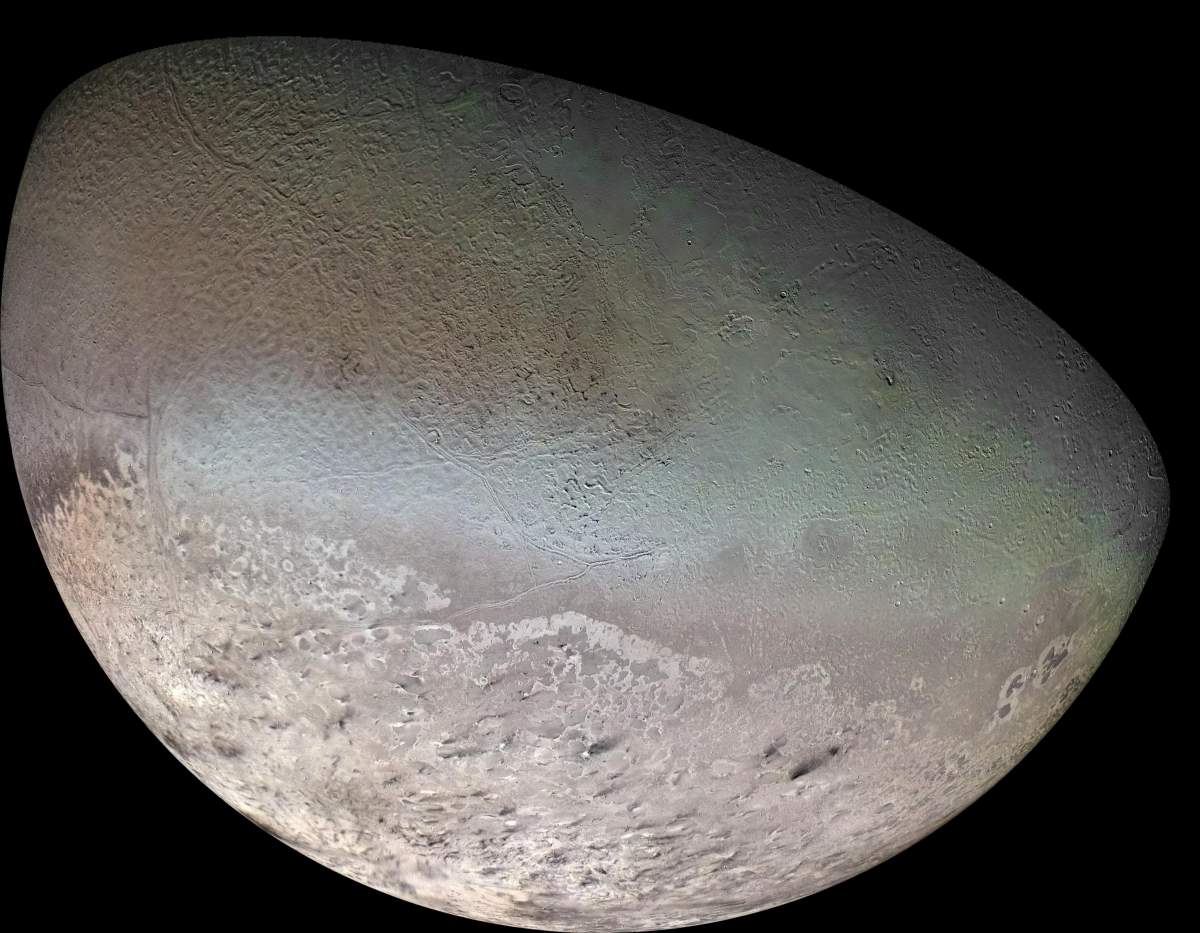A team of Rutgers scientists dedicated to pinpointing the primordial origins of metabolism – a set of core chemical reactions that first powered life on Earth – has identified part of a protein that could provide scientists clues to detecting planets on the verge of producing life. The research, published in Science Advances, has important implications in the search for extraterrestrial life because it gives researchers a new clue to look for, said Vikas Nanda, a researcher at the Center for Advanced Biotechnology and Medicine (CABM) at Rutgers.
Tag: Extraterrestrial Life
Ancient microbes may help us find extraterrestrial life forms
Using light-capturing proteins in living microbes, scientists have reconstructed what life was like for some of Earth’s earliest organisms. These efforts could help us recognize signs of life on other planets, whose atmospheres may more closely resemble our pre-oxygen planet.
Explanation for formation of abundant features on Europa bodes well for search for extraterrestrial life
Europa is a prime candidate for life in our solar system, and its deep saltwater ocean has captivated scientists for decades. But it’s enclosed by an icy shell that could be miles to tens of miles thick, making sampling it a daunting prospect. Now, increasing evidence reveals the ice shell may be less of a barrier and more of a dynamic system – and site of potential habitability in its own right.

Are we alone in the universe? UAH’s Dr. Gary Zank doesn’t think so
Are we alone in the universe? Research by Dr. Gary Zank at The University of Alabama in Huntsville (UAH), a part of the University of Alabama System, and collaborators from UAH and other institutions has helped to inform the search for planets that could harbor life.
Can life survive a star’s death? Webb telescope can reveal the answer
When stars like our sun die, all that remains is an exposed core – a white dwarf. A planet orbiting a white dwarf presents a promising opportunity to determine if life can survive the death of its star, according to Cornell University researchers.
Ancient ocean, meteorites could have seeded life in Venusian clouds
An international team of researchers has discovered the presence of the chemical compound phosphine in the atmosphere of Venus — a discovery that could indicate some form of life on the hot planet. They describe their findings in the journal…

Mission to Mars: @UNLV Scientist Gives Insider Glimpse at NASA’s 2020 Rover Mission
Silver, bug-eyed extraterrestrials zooming across the cosmos in bullet-speed spaceships. Green, oval-faced creatures hiding out in a secret fortress at Nevada’s Area 51 base. Cartoonish, throaty-voiced relatives of Marvin the Martian who don armor and Spartan-style helmets. We humans are fascinated with the possibility of life on the Red Planet.

Trident Team Reaches NASA’s Discovery Program Finals
Two Weizmann Institute scientists are on a team selected as a finalist for a mission to Triton, Neptune’s largest moon. The duo designed a super-accurate clock that will help them study Triton’s atmosphere – and even search for life. The mission, called Trident, would launch in 2026.
Paired with super telescopes, model Earths guide hunt for life
– Cornell University astronomers have created five models representing key points from our planet’s evolution, like chemical snapshots through Earth’s own geologic epochs. The models will be spectral templates for astronomers to use in the approaching new era of powerful telescopes, and in the hunt for Earth-like planets in distant solar systems.

After Turning Microorganisms Into Art, Student Helps NASA Study Origins of Life Through Algae (Video)
Rutgers student Julia Van Etten, whose @Couch_Microscopy Instagram page garnered more than 25,000 followers by showcasing microorganisms as art, is now working with NASA on research into how red algae can help explain the origins of life on Earth.

Rutgers Researchers Teach Lessons on Extraterrestrial Life in Local Elementary Schools
Each week, researchers with Rutgers ENIGMA teach astrobiology lessons to children in grades four through eight at McKinley Community School and Greater New Brunswick Charter School. Astrobiology is a relatively new interdisciplinary field that seeks to understand whether life arose elsewhere and whether we can detect it.